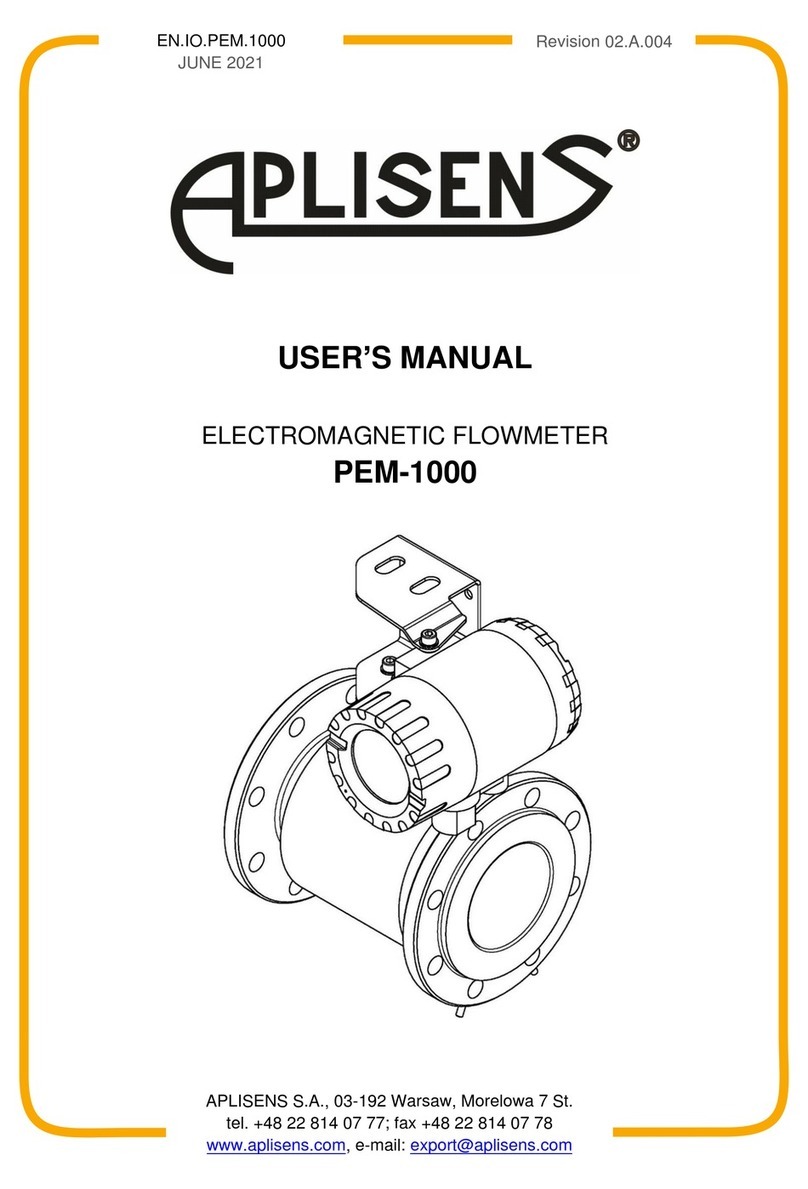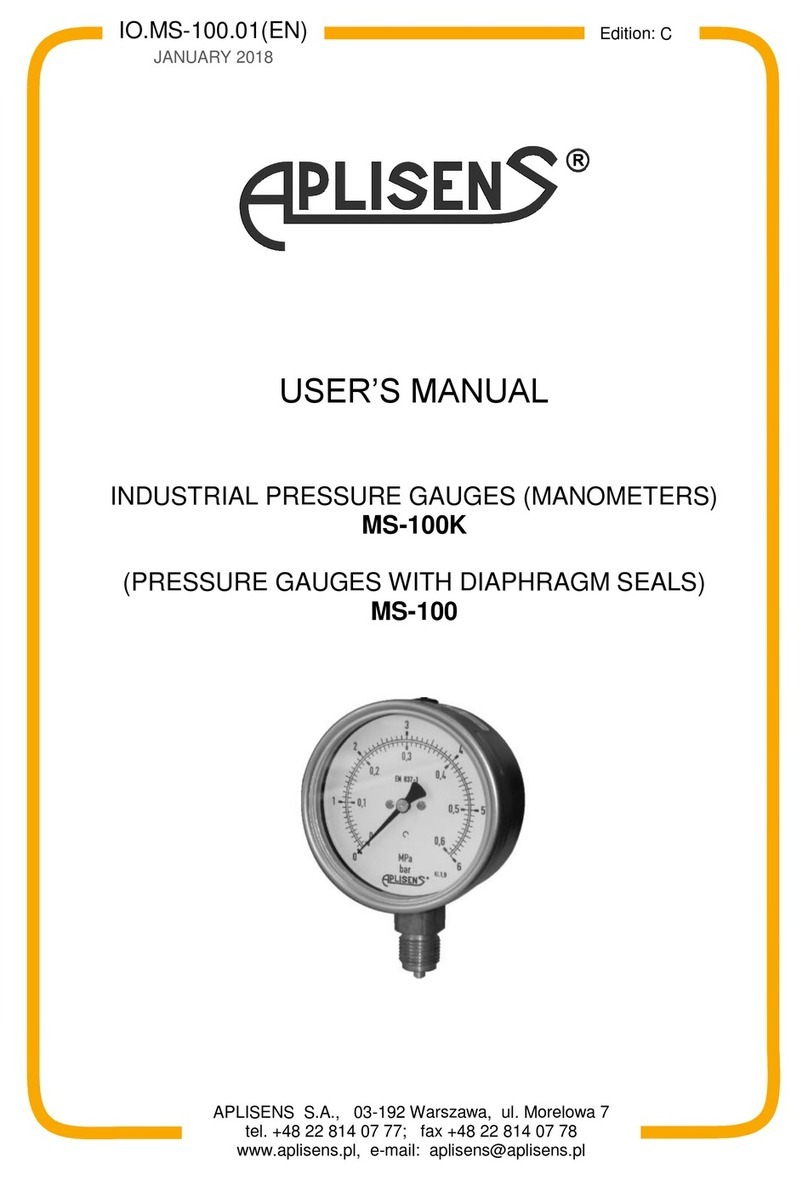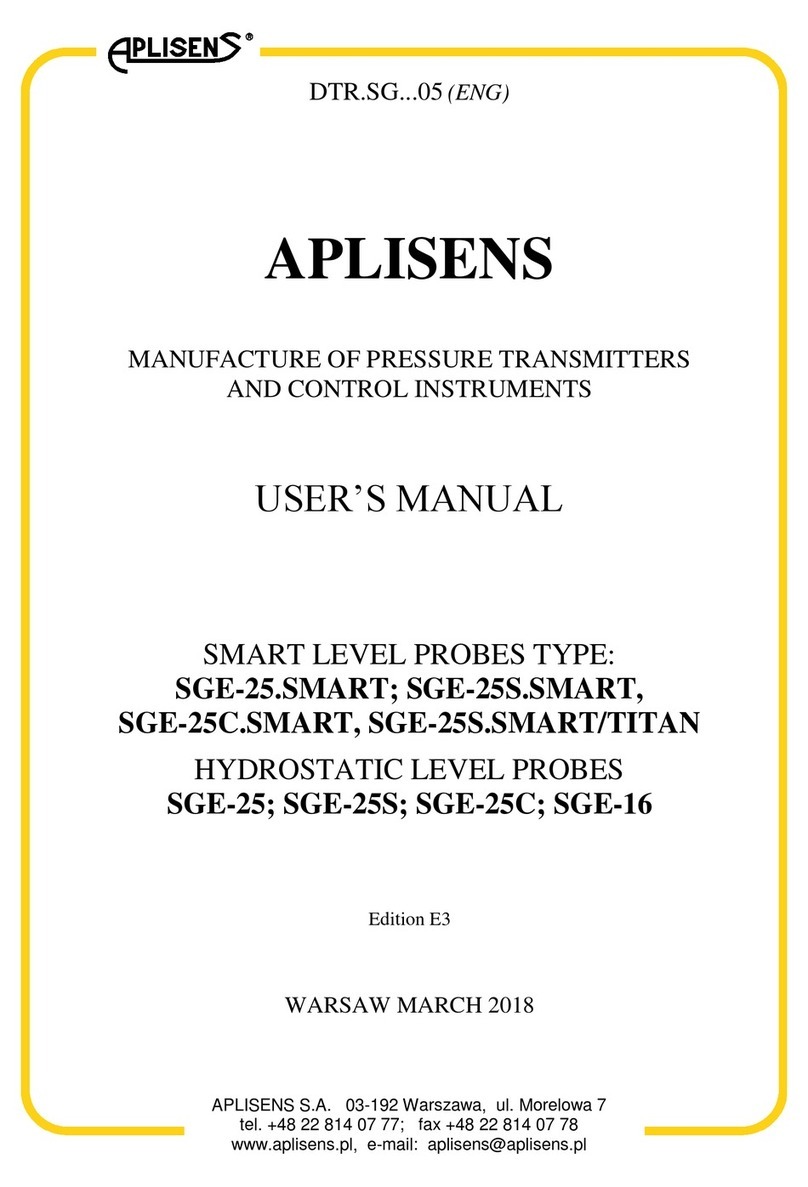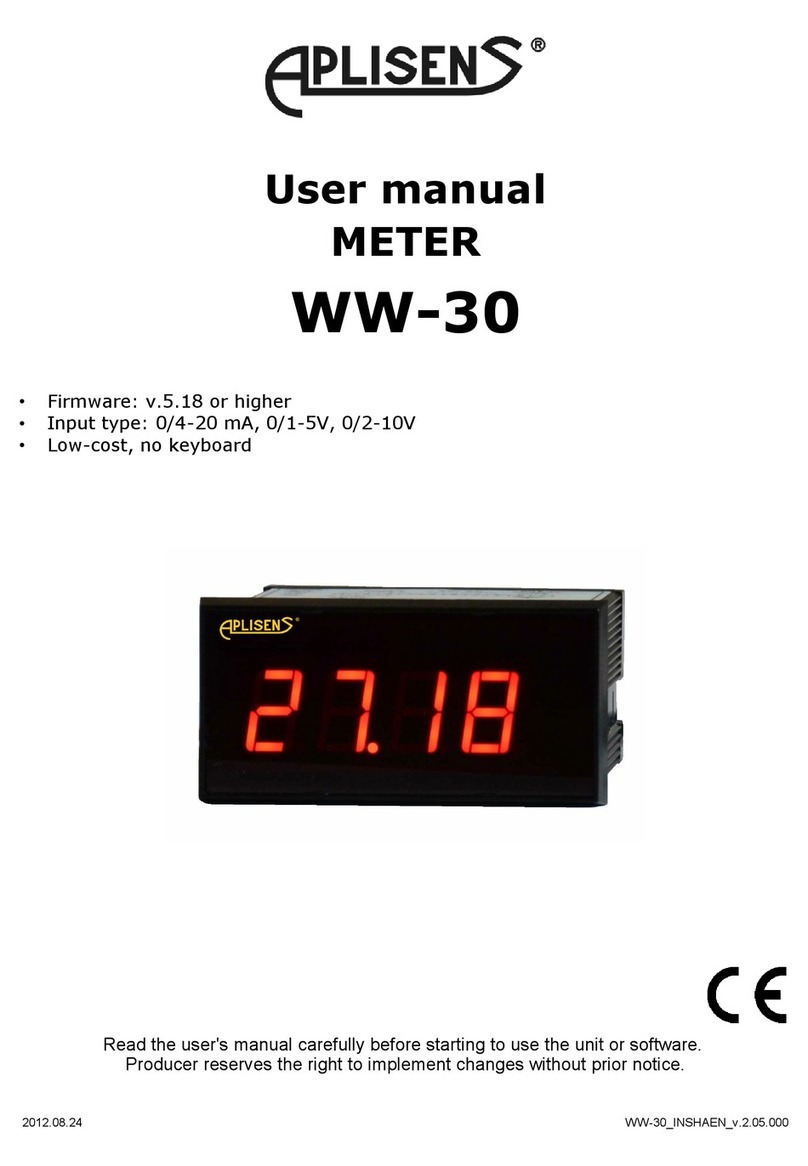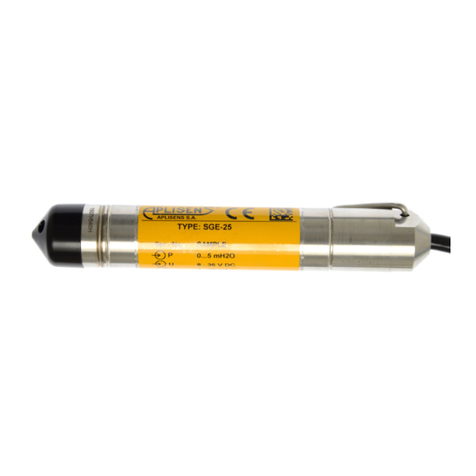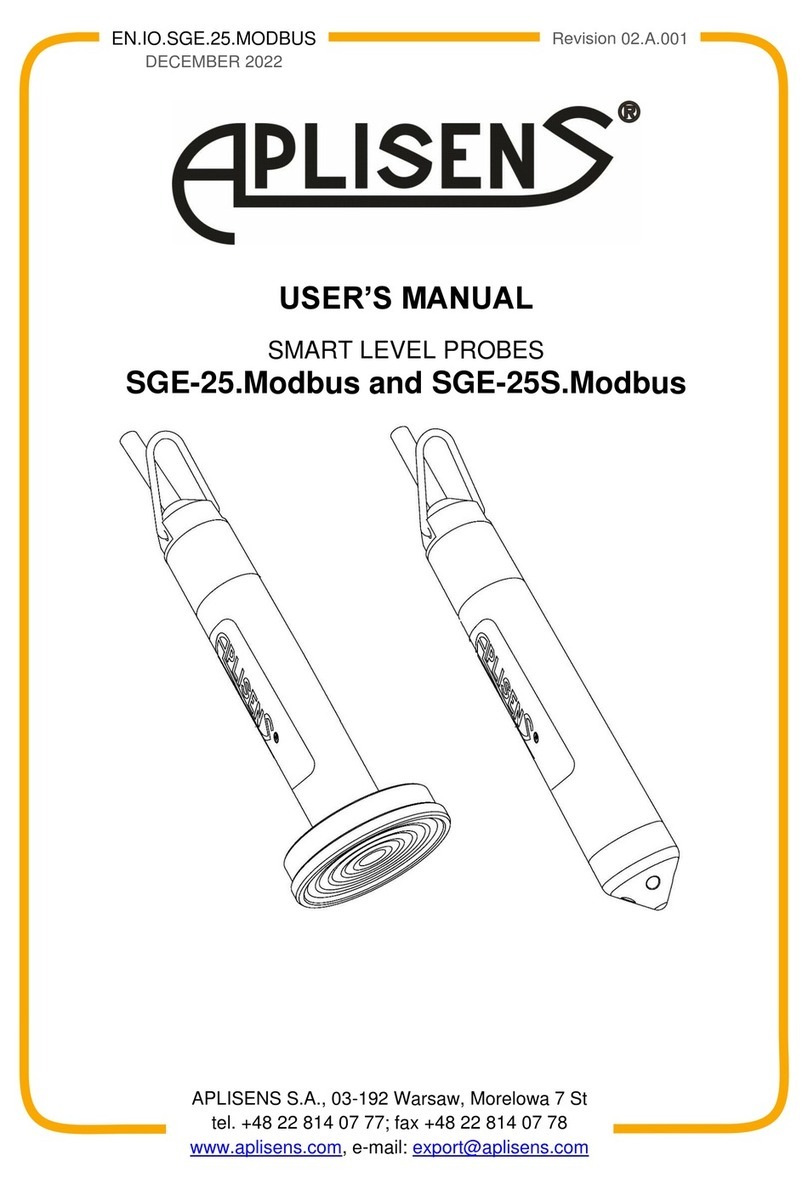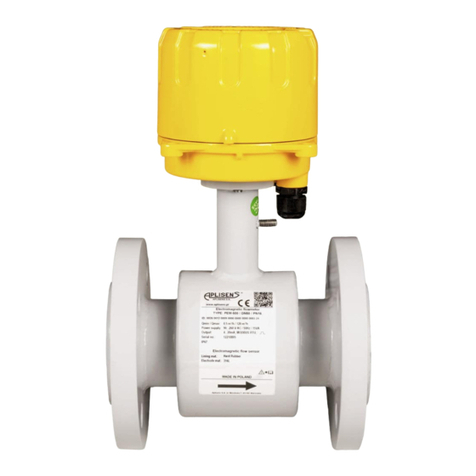
IO.PMS-620N Edition 01.A.002/06.16 1
CONTENTS
1. GENERAL CHARACTERISTICS.................................................................................................2
2. TECHNICAL DATA......................................................................................................................2
3. DEVICE INSTALLATION.............................................................................................................3
3.1 UNPACKING ............................................................................................................................4
3.2 ASSEMBLY ..............................................................................................................................4
3.3 CONNECTION METHOD..........................................................................................................4
3.4 MAINTENANCE......................................................................................................................11
4. FRONT PANEL DESCRIPTION.................................................................................................11
5. PRINCIPLE OF OPERATION ....................................................................................................12
5.1. MEASUREMENT MODE.....................................................................................................12
5.2. DETECTION OF THE PEAK VALUES.................................................................................13
5.3. CONTROL OF THE RELAY OUTPUTS ...............................................................................14
5.3.1. One threshold mode.....................................................................................................15
5.3.2. Two thresholds mode...................................................................................................16
6. DEVICE PROGRAMMING .........................................................................................................17
6.1. PROGRAMING MENU........................................................................................................17
6.2. PARAMETERS EDITION.....................................................................................................17
6.2.1. Numeric parameters (digit change mode).....................................................................18
6.2.2. Numeric parameters (slide change mode)....................................................................18
6.2.3. Switch parameters (”LIST” type) ...................................................................................18
6.3. MENU DESCRIPTION.........................................................................................................19
6.3.1. “rEL1” menu .................................................................................................................19
6.3.2. ”inPt” menu...................................................................................................................21
6.3.3. ”bri” parameter..............................................................................................................25
6.3.4. ”HOLd” menu ...............................................................................................................25
6.3.5. ”SECu” menu ...............................................................................................................26
6.3.6. ”rS” menu .....................................................................................................................26
6.3.7. ”Edit” parameter ...........................................................................................................27
6.3.8. ”dEFS” parameter.........................................................................................................27
6.3.9. ”SErv” menu .................................................................................................................27
6.4. MENU STRUCTURE...........................................................................................................28
7. THE ALARM LED......................................................................................................................30
8. OVER CURRENT PROTECTION...............................................................................................30
9. DISPLAYED VALUES CALCULATION.....................................................................................30
9.1. ADDITIONAL CALCULATIONS (USED CONVERSION CHARACTERISTIC)......................30
9.1.1. Linear characteristic .....................................................................................................31
9.1.2. Square characteristic....................................................................................................31
9.1.3. Square root characteristic.............................................................................................32
9.1.4. User defined characteristic...........................................................................................32
9.1.5. Volume characteristic of a cylindrical tank ....................................................................33
9.2. EXAMPLES OF CALCULATIONS........................................................................................34
10. THE MODBUS PROTOCOL HADLING .....................................................................................37
10.1. LIST OF REGISTERS..........................................................................................................38
10.2. TRANSMISSION ERRPRS DESCRIPTION.........................................................................40
10.3. EXAMPLES OF QUERY/ANSWER FRAMES......................................................................41
11. DEFAULT AND USER’S SETTINGS LIST.................................................................................43

